PIMinto vs Inriver: Choosing the Right PIM for Your Business
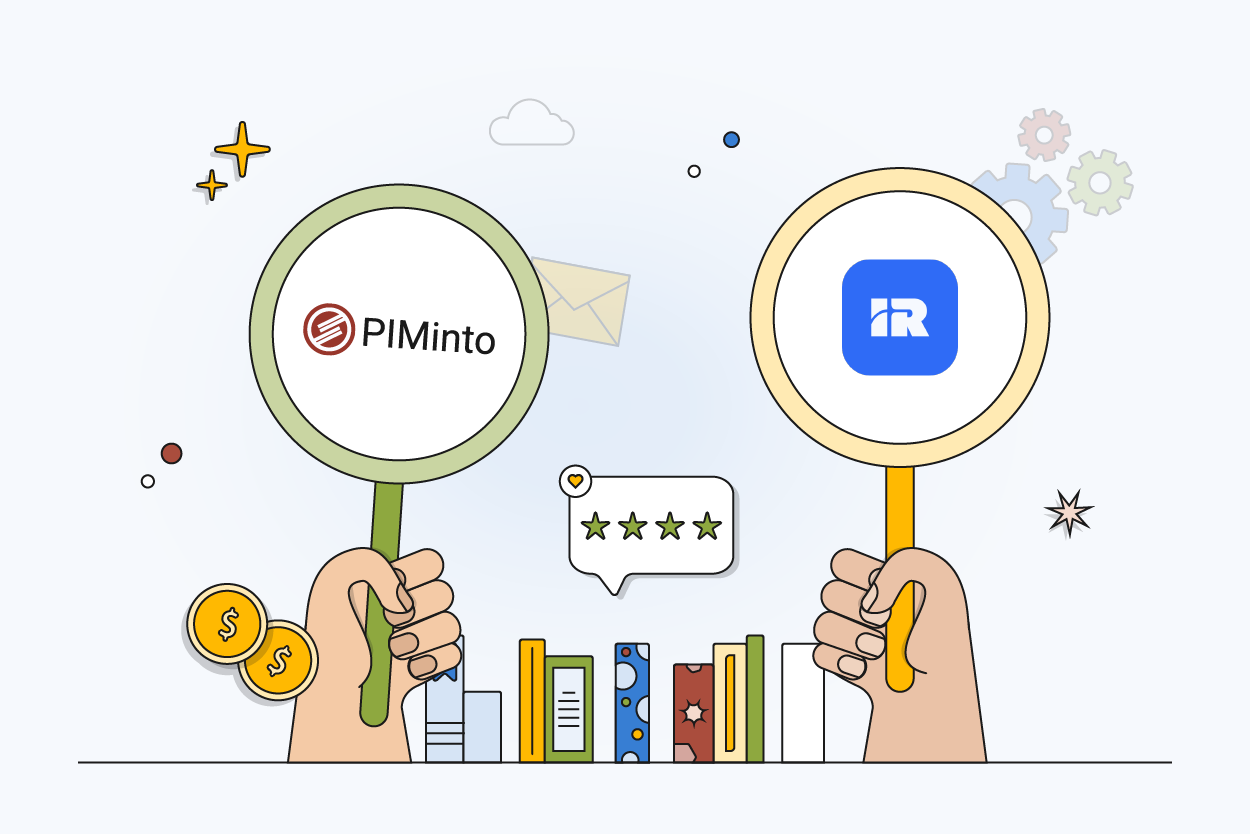
Pick the wrong PIM, and you'll feel it in every channel, every launch, every delay. But with so many PIMs on the market, how do you know which one actually fits your business?
If you're here, chances are you're weighing two solid contenders: PIMinto and Inriver. Maybe you're tired of endless feature lists that all start to look the same. Or maybe you're hoping someone will cut through the noise and just tell you which platform is better for your business. That's exactly what we're here to do.
Here's what makes PIMinto different: it wasn't born from market research – it emerged from necessity. When Systems Online's B2B clients kept hitting walls with product information management, the company built a solution that actually worked. That internal tool proved so effective, they realized it could serve businesses of all sizes, from startups to enterprises. While many PIMs are built to impress in demos, PIMinto was built to perform in real business environments from day one.
Now, full transparency – we're team PIMinto. But we didn't build this comparison to dismiss the competition. Inriver brings genuine strengths to the table. That said, we believe PIMinto delivers a more modern, flexible, and cost-effective approach to product information management.
Let's dive into the details and help you make a confident, informed choice.
PIMinto vs Inriver: A Quick Overview
Let's start with a brief overview of both PIM platforms to set the stage for our detailed comparison.
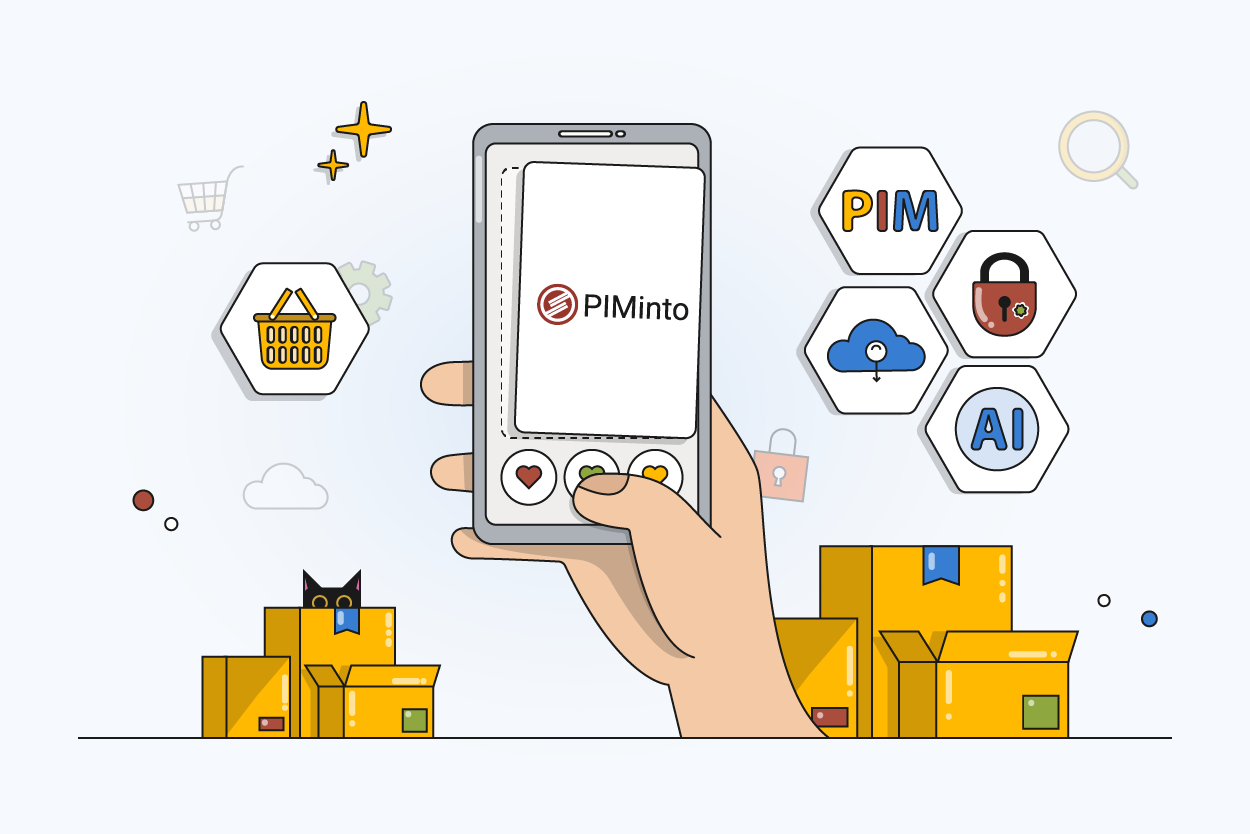
PIMinto
PIMinto is a user-friendly PIM solution that removes complexity from product information management. It delivers powerful PIM capabilities without requiring extensive technical expertise or long onboarding times.
The platform stands out from other PIM systems because of its commitment to accessibility. From the free tier for businesses with up to 1,000 SKUs to the customized data streams for large sellers, PIMinto makes PIM approachable for companies of all sizes.
Inriver
Inriver takes a different approach as an enterprise-focused PIM platform designed for large organizations with complex requirements. The platform excels in handling complex syndication requirements, digital shelf analytics, and enterprise-grade security features.
Because of this, Inriver is a popular choice for multinational corporations that need sophisticated workflow automation and multi-market product data management.
Real Companies, Real Results with PIMinto
What Is a PIM and Why It Matters in 2025
Think of PIM software as your product information headquarters. Instead of information being fragmented across spreadsheets, email threads, and different departments, these applications provide one integrated system for storing and managing product information.
The importance of PIM solutions has grown exponentially as businesses expand in many channels. Consumers now expect consistent, accurate product data, whether on your store, on Amazon, or in your physical store. A good PIM system makes this possible while reducing the manpower required to keep product data up to date.
The business benefits extend beyond just data organization. Companies using effective PIM systems typically see faster time-to-market for new products, reduced errors in product information, and better collaboration between teams.
Whether you need a PIM for a small business or enterprise-level product information management, the right system can transform your business operations.
Key Features Comparison
To determine the best PIM for your business, it's important to understand the features each offers and how well they match your specific requirements.
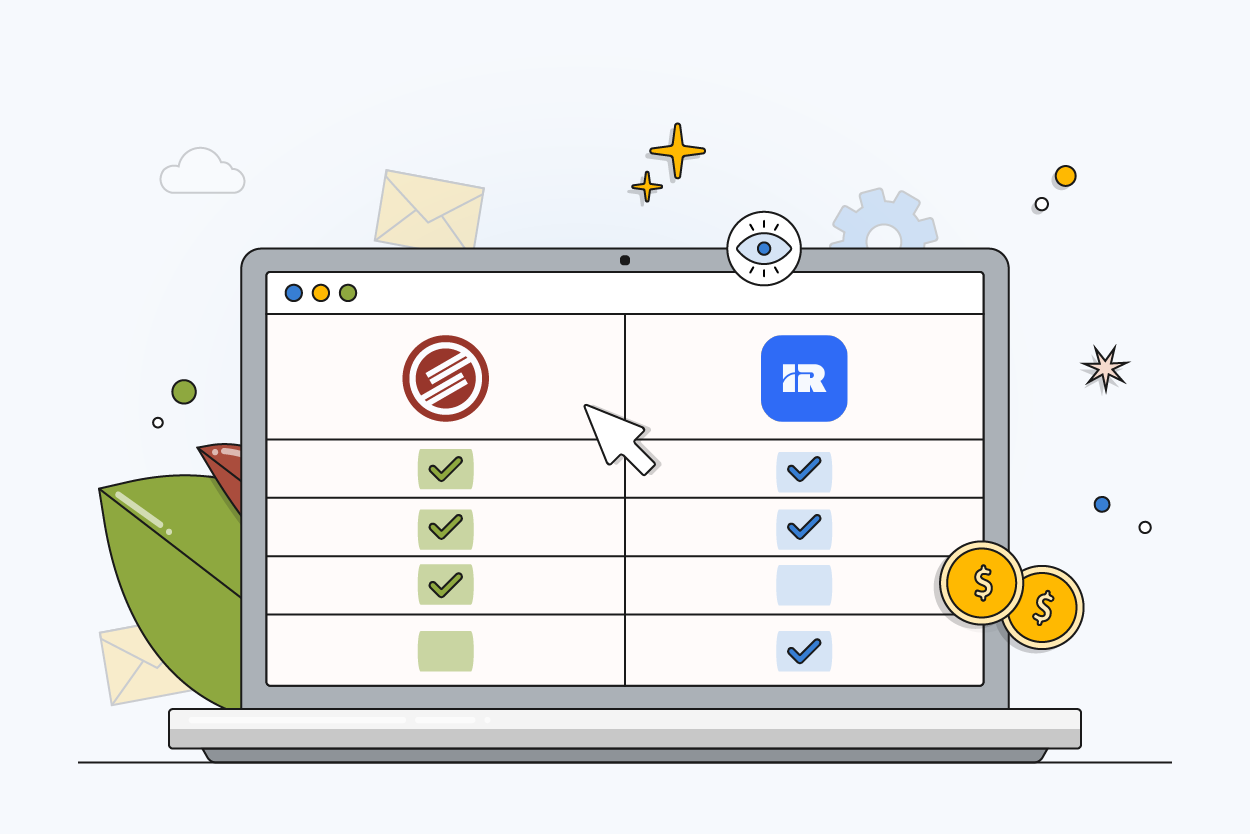
PIMinto Features
- Product Variants and Relationships: Facilitates intricate product relationships and structures for improved opportunities for upselling and cross-selling.
- Brand Portals: Offers a single location for brand assets, guaranteeing uniformity throughout all platforms.
- Bulk Data Editing and Validation: Streamlines the process of updating and validating large volumes of product data.
- Digital Asset Management: Oversees all digital assets associated with the product, such as pictures, videos, and documents.
- Unlimited Users and Outputs: Makes distribution and collaboration easy and efficient.
- AI-Powered Assistant: Helps automate data entry, description translations, and enrich product content.
- 360-Degree Product Spinners: Provides customers with a thorough overview of products by improving product visualization.
Inriver Features
- Centralized Product Information: Offers a single source of truth for all product data.
- Digital Shelf Analytics: Facilitates optimization initiatives with visibility into product performance on digital shelves.
- AI-Driven Content Enrichment: Using AI to enrich product content and drive customer engagement.
- Flexible Data Modeling: Enables varying product information requirements through supporting complex data structures.
- Workflow Management: Enables effective teamwork by means of adaptable workflows and approval procedures.
- Supplier Onboarding: Simplifies the onboarding process by allowing suppliers to upload and manage their product data directly.
Pricing of PIMinto vs Inriver
Pricing represents one of the most significant differences between these PIM solutions, reflecting their different target markets and business models.
PIMinto Pricing
PIMinto believes in transparent pricing that allows businesses to plan and budget effectively. Their pricing structure is straightforward and scales with your product catalog size:
- Starter Plan: Up to 1,000 SKUs at no cost
- Essentials: Up to 10,000 SKUs at $300 a month
- Premium: Up to 50,000 SKUs for $600 a month
- Super: Up to 120,000 SKUs for $950 a month
- Extreme: Up to 1,000,000 SKUs. Contact for pricing
All plans include unlimited users, unlimited outputs, and free onboarding with PIM specialists. This transparent approach makes PIMinto particularly attractive as a PIM for small business environments where budget predictability is crucial.
Inriver Pricing
Inriver follows a contact-for-pricing model across all their tiers: Foundation, Core, Professional, and Enterprise. While they don't publish specific pricing information, this approach typically indicates higher costs that reflect their enterprise positioning.
Customer Support and Implementation
These PIM platforms offer distinct approaches to both customer support and implementation.
PIMinto
PIMinto includes free onboarding with all their plans, recognizing that successful PIM implementation requires proper guidance. Onboarding is designed to get you going quickly. The intuitive user interface means that it typically takes teams less training, and support is more about how you can get the best out of using the system, as opposed to purely troubleshooting.
Those on the Starter and Essential plans have access to email support. Users on the Premium, Supreme, and Extreme plans receive premium support. PIMinto also offers an in-depth user guide with detailed instructions on how to use the platform.
Inriver
Inriver offers comprehensive implementation services. Their enterprise focus means they can accommodate complex, multi-phase deployments. While this provides thorough customization capabilities, it also means higher upfront costs and longer time-to-value compared to other product information management tools.
Inriver offers dedicated support teams to all users, and the Inriver academy provides businesses with self-service options for learning their way around the platform.
Inriver vs PIMinto: Use Cases Breakdown
| Use Case | PIMinto | Inriver |
|---|---|---|
| Small to Medium Business | Excellent - Free tier and transparent pricing make it accessible | Limited - Enterprise focus and pricing may be excessive |
| Enterprise Organizations | Great - Can handle up to 1M SKUs with robust features | Excellent - Designed specifically for enterprise needs |
| Multi-channel Sales | Excellent - Unlimited outputs to all channels included | Excellent - Advanced syndication capabilities |
| Quick Implementation | Excellent - Free onboarding and intuitive setup | Limited - Complex implementations can take months |
| Complex Workflows | Great - Supports standard and complex workflows | Excellent - Advanced automation and approval processes |
| Global Operations | Excellent - Supports multiple channels and markets | Excellent - Built for global, multi-market operations |
Why B2B and B2C Companies Are Choosing PIMinto
PIMinto appeals to both B2B and B2C companies by delivering a flexible, intuitive platform that adapts to various operational needs without requiring a steep learning curve or massive IT investment.
For B2B companies, managing complex product hierarchies, multiple SKUs, and detailed technical specifications is a daily challenge. PIMinto supports these requirements with features like product variant handling, parent-child relationships, and bulk editing tools that simplify high-volume catalog updates. In sectors like manufacturing, wholesale distribution, and industrial supply, these capabilities reduce manual data errors and accelerate time to market.
On the B2C side, brands often need to manage frequent product launches, seasonal collections, and high visual content demands. PIMinto’s built-in DAM lets teams organize product images, lifestyle shots, and videos alongside technical details, all within one platform. Its brand portal features make it easy to deliver rich, consistent product experiences across multiple e-commerce platforms, from Shopify to marketplaces like Amazon.
Not Sure Yet? Let Us Walk You Through It
Finding the right PIM can be overwhelming — we’re here to make it simple. PIMinto combines powerful features with an intuitive interface built for real business needs. Get a personalized demo and see how PIMinto can streamline your product information management.
Choosing the Right PIM Solution for Your Business
When it comes to PIM systems, the decision comes down to finding a solution that fits your team, your workflows, and your budget without overdoing it. PIMinto provides this as it is built for businesses that want powerful PIM capabilities without the enterprise overhead.
Whether you're a fast-growing brand expanding across multiple e-commerce platforms or a B2B operation juggling large product catalogs and technical specs, PIMinto provides the flexibility, scalability, and support to grow with you.
You get all of the essential PIM functionality: digital asset management, mass editing, data validation, AI assistance, and channel syndication—at a transparent price, without user or output limitations.
If you require a PIM solution that unites robust functionality with ease of use and affordability, PIMinto is the clear choice. It's a platform that allows you to fulfill the complete promise of PIM in all the channels where you sell.

Frequently Asked Questions
Blogs & Views

Product Descriptions Optimization: 7 Proven Strategies for eCommerce Success
Every word on your product page matters. The right description attracts search traffic, builds trust, and drives sales. Wheth...

15 Challenges for eCommerce in 2025
Running an online store in 2025 is exciting and stressful. Ecommerce has evolved to be one of the leading industries globally...
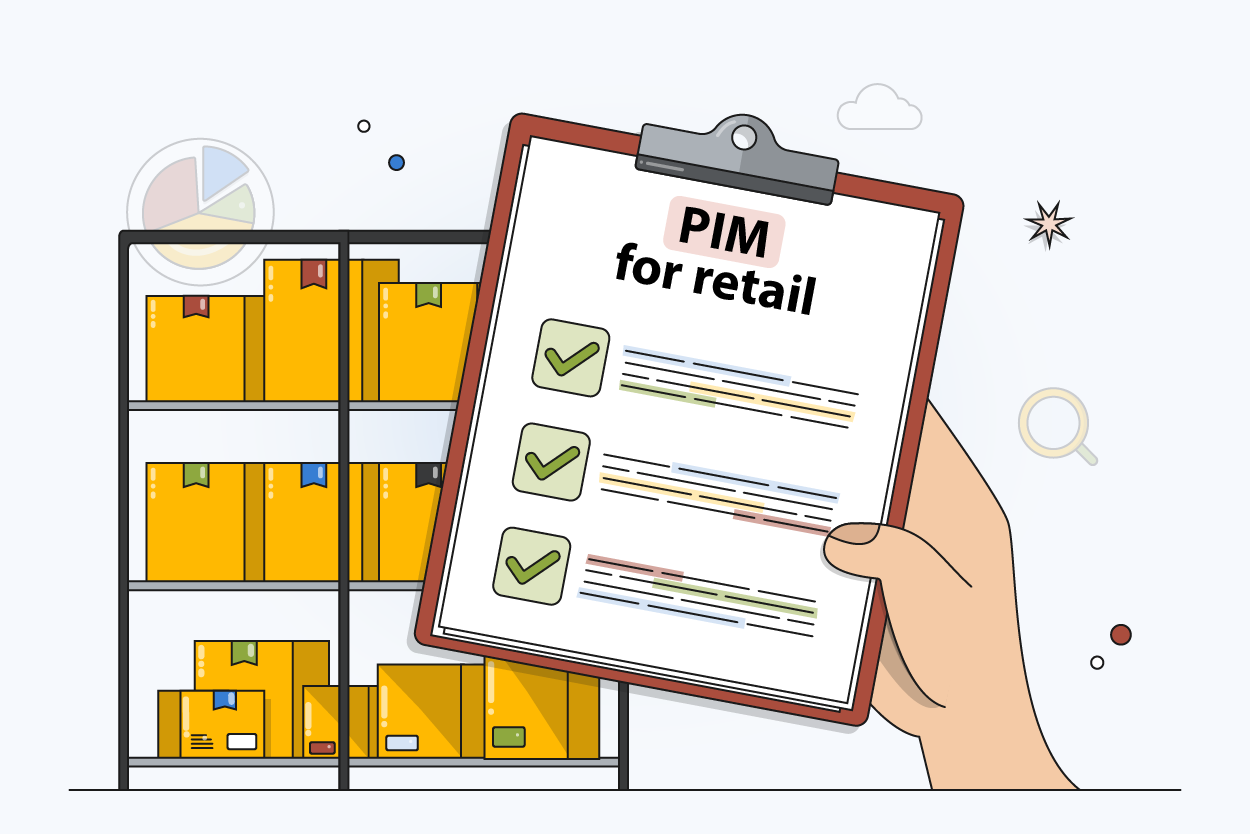
The Complete Guide to PIM for Retail: Transform Your Product Management
Product data drives retail. Every product in your inventory has names, prices, specs, images, videos, and more. Multiply that...
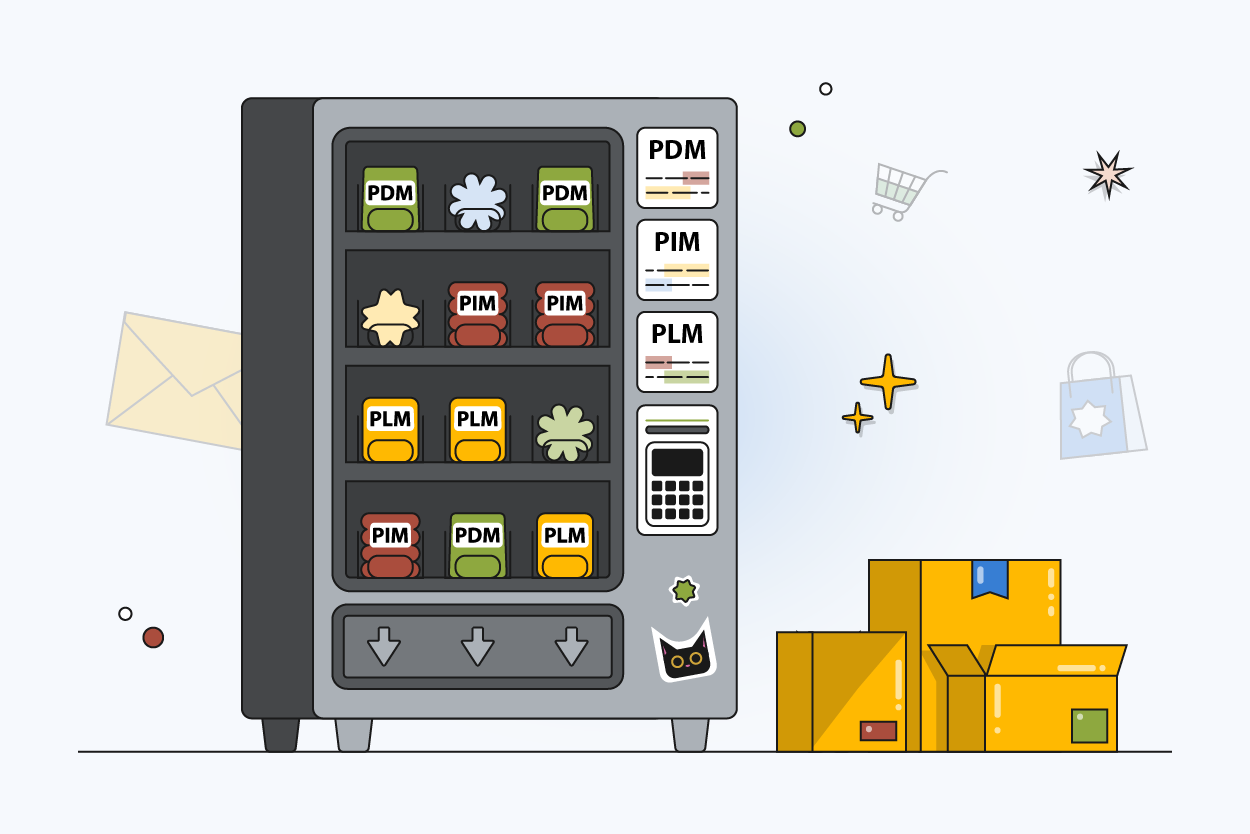
What is Product Data Management?
Every product has a story to tell before it reaches a customer. An idea sparks, teams draft designs, build prototypes, and re...


